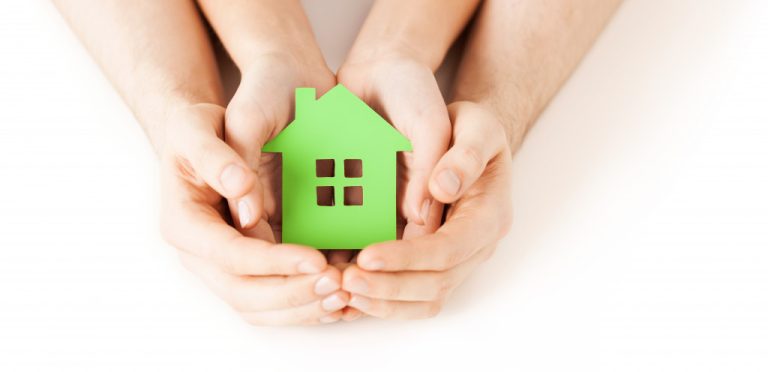The world is changing. The way people live, the way they work, and the way they think are all being revolutionized by new and innovative technologies. And while this change can be frightening for some, it also offers opportunities for growth and progress. In particular, these advances have dramatically impacted home design, and more sustainable, eco-friendly homes are beginning to emerge.
If you’re building or renovating your home, it’s essential to consider both design and sustainability. After all, your home is likely the most expensive investment you’ll ever make, so why not make sure it’s both beautiful and environmentally friendly? Here are a few tips on how to do just that.
1. Use sustainable materials.
There are several sustainable materials that you can use in home construction and renovation. Bamboo, for instance, is an incredibly strong and versatile material that you can use for flooring, counter tops, cabinets, and more. Cork is another great option; it’s durable, environmentally friendly, and has a unique look that can add character to any space.
You may also consider installing less conventional materials, such as recycled glass counter tops or solar panels. These materials help reduce your home’s environmental impact and save you money on your energy bills. You can even find environmentally friendly paint these days, made with natural ingredients and free of harmful chemicals.
Some people worry that sustainable materials will be more expensive than conventional options. However, this is often not the case. Many sustainable materials are actually less costly than their traditional counterparts. Bamboo is often less expensive than hardwood floors. And because sustainable materials are often more durable and long-lasting, they can save you money in the long run.
2. Consider your energy needs.
When planning your home’s design, it’s crucial to consider your energy needs. How much sunlight does your home get? What kind of insulation do you need? What kind of heating and cooling system will be most efficient?
These are all critical questions to answer when incorporating sustainability into your home’s design. By choosing energy-efficient appliances and materials, you can save significant money on your energy bills. You may even be eligible for government rebates or tax breaks.
For example, heating is a significant expense in most homes. About half of the energy used in a typical home goes towards heating and cooling. Consider installing a bioethanol fireplace insert if you live in a cold climate. Bioethanol is a renewable fuel made from plant matter and produces less pollution.
Your insulation choices can also significantly impact your home’s energy efficiency. If you live in an area with extreme temperatures, consider using spray foam insulation. This type of insulation is applied as a liquid and expands to fill any cracks or gaps. Compared to traditional insulation, spray foam provides better thermal protection and can help reduce your energy bills.
3. Design for water efficiency.
Water is another important consideration when incorporating sustainability into your home’s design. Many regions face water shortages, so it’s essential to be mindful of your water usage. There are many ways to do this, from choosing low-flow fixtures to installing a greywater system.

Low-flow fixtures, such as faucets and shower heads, use less water than traditional fixtures. This can save you significant money on your water bill, and it’s better for the environment.
Greywater systems collect and recycle water from your home’s sinks, showers, and laundry machines. This recycled water can water your plants or flush your toilets. Greywater systems can be simple or complex, and they’re a great way to save water and money.
4. Add some greenery.
Contemporary homes often focus on clean lines and minimalism. But that doesn’t mean you can’t add a bit of nature to your space. Incorporating plants into your home’s design is a great way to add some life to your space and create a more sustainable environment.
One of the best ways to do this is to install a green roof. Green roofs are structures covered with greenery, which helps insulate your home and keep it cool in the summer. They also absorb rainfall and help reduce stormwater runoff.
If a green roof isn’t possible, consider adding potted plants or hanging plants to your home. Plants can purify the air, improve your mental health, and add a touch of nature to your space. You can even grow your own food with a home garden. Find a spot in your yard or balcony and get started on your sustainable home garden today.
Designing a sustainable home doesn’t have to be complicated or expensive. By incorporating some of these design tips, you can create a beautiful and sustainable home that will save you money and help the environment. Always think about the long-term when making decisions for your home, and you’ll be on your way to a more sustainable future.
